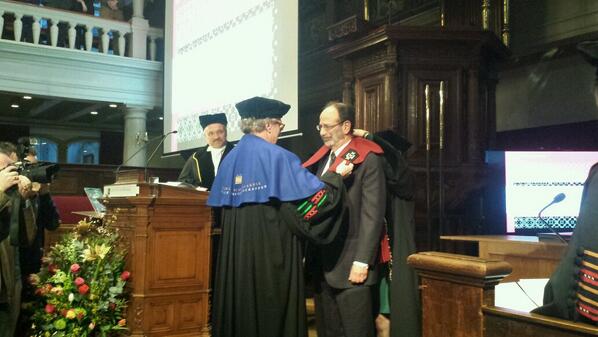The WSJ has the story: Women Accelerate Challenge to Saudi Driving Ban
"Three Saudi women drove cars on Saturday in an ongoing challenge of the world's last official ban on women driving, activists and female drivers in the kingdom said.
It must be difficult to get a lot of Saudi women drivers to protest the driving ban, since there can't be a lot of Saudi women drivers. Most if not all of the women protesters at this and similar demonstrations must have learned to drive outside of Saudi Arabia, i.e. in places where it is legal for them to drive. Perhaps women who want to protest the driving ban should find another way...e.g. many more women would be able to participate in a protest that involved blocking traffic by lying down in the road, which would resemble protests that have attracted attention to causes in other countries.
"Three Saudi women drove cars on Saturday in an ongoing challenge of the world's last official ban on women driving, activists and female drivers in the kingdom said.
Security forces in the Red Sea port city of Jeddah pulled over one female driver there within minutes of her taking the wheel, a passenger in the woman's car said. In the eastern city of Khobar, another woman drove at length Saturday without being stopped. A third drove Saturday evening in the capital, Riyadh, and also wasn't detained, activists said.
Saudi Arabia is the only country in the world where women are officially forbidden from driving."
**************It must be difficult to get a lot of Saudi women drivers to protest the driving ban, since there can't be a lot of Saudi women drivers. Most if not all of the women protesters at this and similar demonstrations must have learned to drive outside of Saudi Arabia, i.e. in places where it is legal for them to drive. Perhaps women who want to protest the driving ban should find another way...e.g. many more women would be able to participate in a protest that involved blocking traffic by lying down in the road, which would resemble protests that have attracted attention to causes in other countries.







